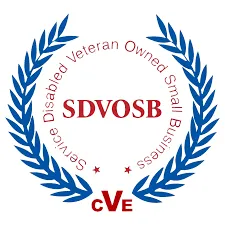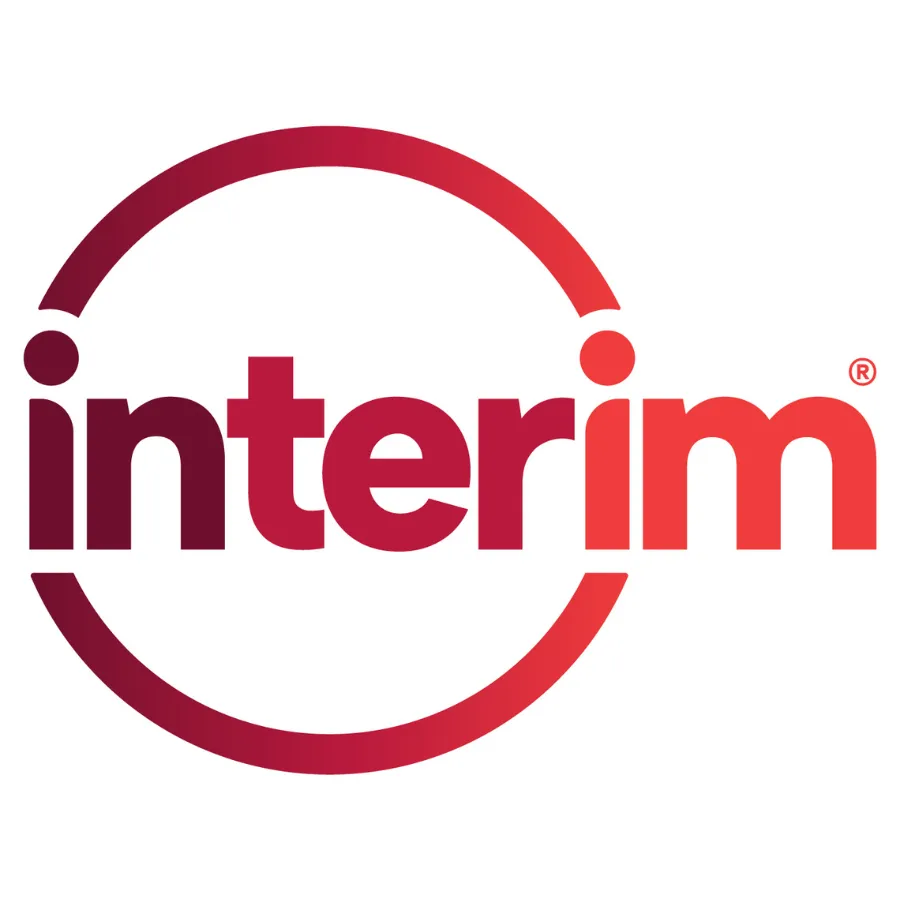Covered by the VA
Home Care

Assisted Living

Private Caregiver

Home Health

Family Care

No Care

Veterans and their spouses may qualify for support through the U.S. Department of Veterans Affairs, but the process can be confusing and inconsistent. Coverage depends on eligibility, service connection, and which VA benefits a veteran receives. Many families qualify without realizing it — especially for home care and respite programs.
Home Care
The VA provides several programs that can cover home care for eligible veterans, including Homemaker and Home Health Aide Care, Respite Care, and Aid & Attendance.
At Interim Home Care, we are an approved VA provider and can deliver care directly through the VA system, which means qualified veterans receive services at no out-of-pocket cost. However, approval depends on VA caseworker authorization, so not all veterans receive immediate access — making coverage reliable once established, but slow to initiate.
Assisted Living
The VA does not directly pay for assisted living, but it may subsidize care through the Aid & Attendance pension benefit or Community Care Network partnerships. Veterans or surviving spouses with documented need for daily assistance may receive a monthly stipend to offset part of the cost. However, these funds rarely cover the full expense.
Private Caregiver
While the VA does not directly contract with or reimburse independent caregivers, veterans who receive the Aid & Attendance pension benefit can use those monthly funds to pay for private care. However, this process places full responsibility on the veteran or family to recruit, vet, schedule, and manage the caregiver. There’s no oversight, quality assurance, or backup support from the VA — making this option flexible but risky and difficult to sustain.
Home Health
The VA commonly covers home health services through its Community Care or Skilled Home Health programs when prescribed by a VA physician. Coverage is solid for short-term or post-hospitalization needs but does not extend to long-term, non-medical support once recovery is complete.
Family Caregiver
Family members can sometimes receive compensation indirectly through the Aid & Attendance pension if the veteran uses those funds to pay them for care. However, there’s no formal payroll structure or professional oversight, and payments are often modest relative to the time commitment. Outside of that pension, only certain post-9/11 veterans qualify for the Program of Comprehensive Assistance for Family Caregivers, leaving most family caregivers unpaid.
No Care
When no care is pursued, VA benefits often go unused. Many veterans and families are unaware of what they qualify for or assume they aren’t eligible. This results in lost benefits, preventable burnout, and missed opportunities for relief.


